


|
This page contains 3D structural models (Version 3, built on Aug 2014) of 1,026 putative G protein-coupled receptors (GPCRs) in the human genome generated by the GPCR-I-TASSER pipeline. The most recent (Version 4, built on June 2018) is now available as part of the GPCR-EXP database. In GPCR-I-TASSER, the GPCR sequences are first threaded through the GPCR template library to identify muliple structure templates by the LOMETS programs. When close homolgous templates are identified, full-length models will be constructed by the I-TASSER based fragment assembly simulations, assisted by a GPCR and membrane specific force field and spatial restraints collected from mutagenesis experiments in GPCR-RD. In case that homologous templates are not available, an ab initio folding procedure is used to assemble the 7-TM-helix bundle from scratch, followed by the GPCR-I-TASSER fragment reassembly simulations. For multiple domain GPCRs, structural models are built by GPCR-I-TASSER for each domain separately which are then reassembly by the I-TASSER approach. All the models are finally subjected to FG-MD for fragment-guided molecular dynamic simulation refinements. Note:
|
Other GPCR-related resources
|
| HG ID | UniProt ID | Length | C-score | Estimated TM-score |
Estimated RMSD |
Top 5 models |
| HG0430 | O95221 | 314 | -0.22 | 0.69 ± 0.12 | 6.8 ± 4 | 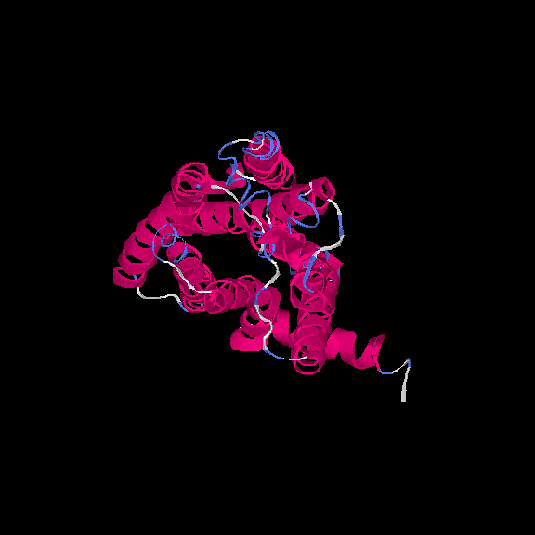 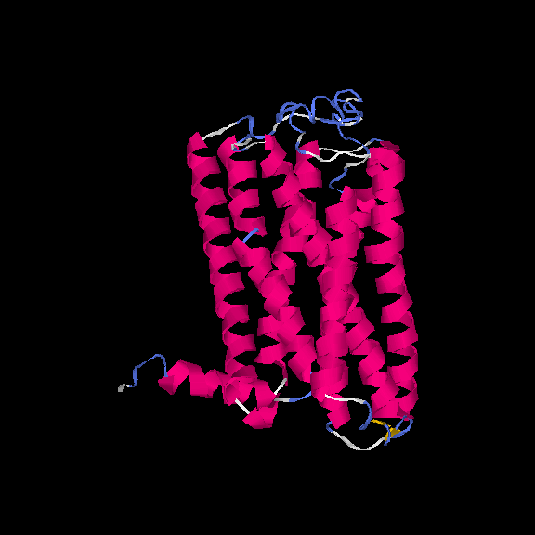 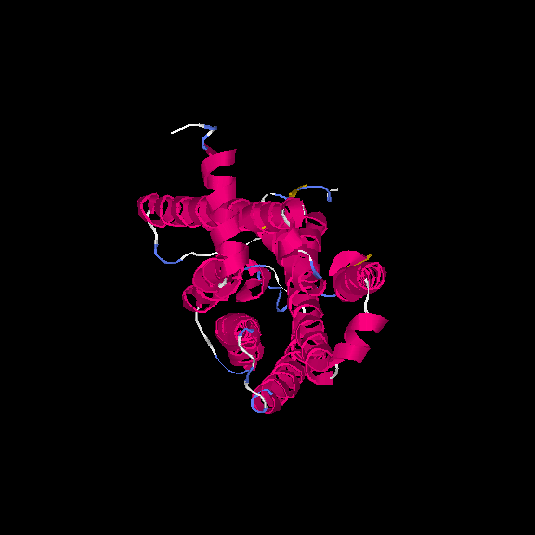 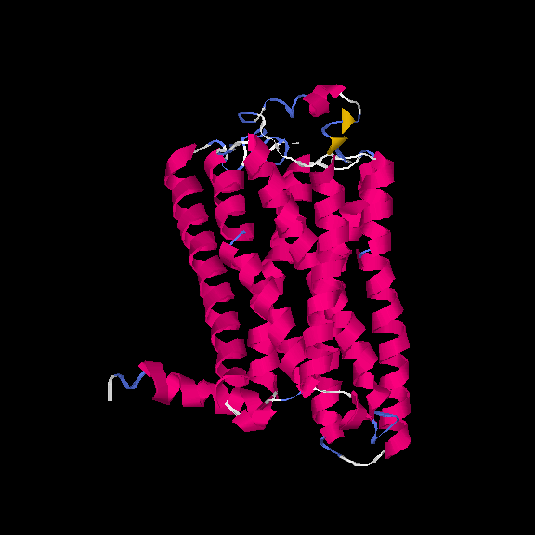 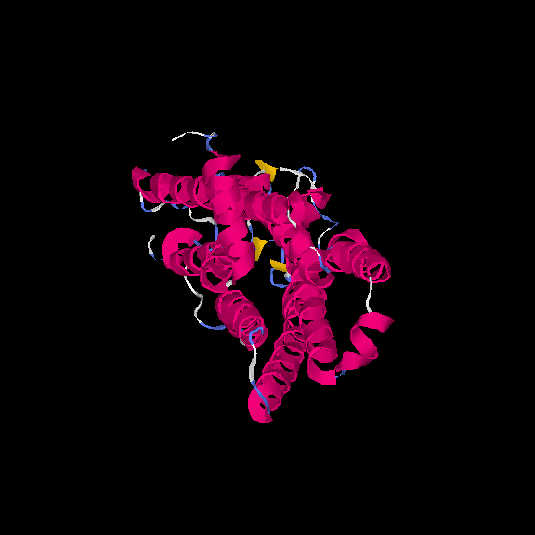 |
| HG0431 | P30411 | 391 | -1.05 | 0.58 ± 0.14 | 9.2 ± 4.6 |      |
| HG0432 | Q8NH87 | 305 | -0.3 | 0.67 ± 0.12 | 6.9 ± 4.1 |      |
| HG0433 | A2RRF6 | 315 | -0.15 | 0.69 ± 0.12 | 6.6 ± 4 |      |
| HG0434 | O43194 | 453 | -2.24 | 0.45 ± 0.14 | 9.99 ± 4.3 |      |
| HG0435 | Q6IEZ7 | 315 | -0.35 | 0.67 ± 0.13 | 7.1 ± 4.1 |      |
| HG0436 | Q8NGL7 | 312 | -0.15 | 0.69 ± 0.12 | 6.6 ± 4 |      |
| HG0437 | Q76L88 | 321 | 0.44 | 0.77 ± 0.1 | 5.4 ± 3.4 |      |
| HG0438 | B7ZLG5 | 364 | 0.31 | 0.75 ± 0.1 | 5.9 ± 3.7 |      |
| HG0439 | Q8IXE2 | 328 | -0.28 | 0.68 ± 0.12 | 7 ± 4.1 |      |
| HG0440 | Q6NWQ8 | 337 | -0.48 | 0.65 ± 0.13 | 7.5 ± 4.3 |      |
zhanglab![]() zhanggroup.org
| +65-6601-1241 | Computing 1, 13 Computing Drive, Singapore 117417
zhanggroup.org
| +65-6601-1241 | Computing 1, 13 Computing Drive, Singapore 117417